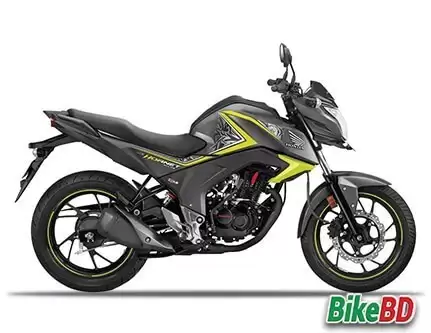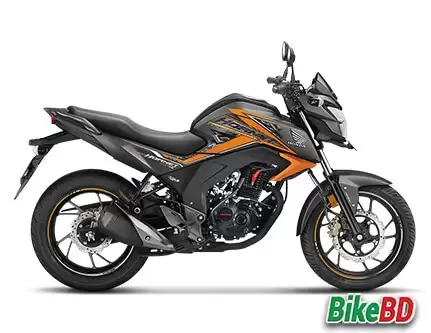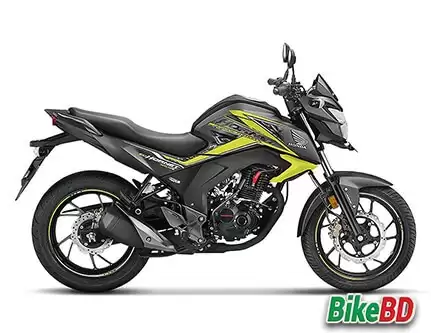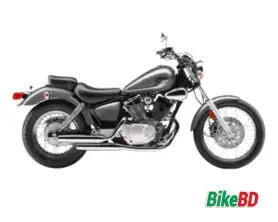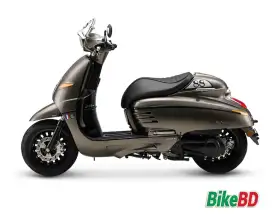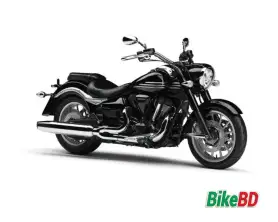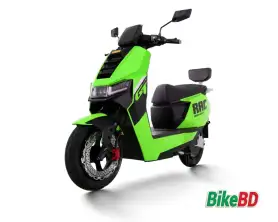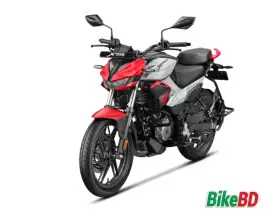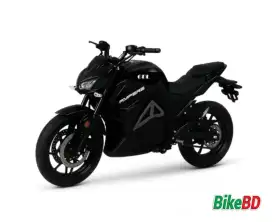Can I pour water on my bike engine to cool it down?
This page was last updated on 14-Aug-2024 03:45pm , By Rafi Kabir
When it comes to cooling down a bike engine, pouring water on it is a common practice that many motorcycle riders rely on. Although this method is easy and cheap, there are some risks associated with using this cooling technique. This article will discuss the benefits and risks of pouring water on a bike engine, as well as the factors to consider when deciding whether or not to use this method. Additionally, alternative methods of cooling a bike engine will be explored, in order to ensure that riders can make an informed decision about how best to cool their engine.
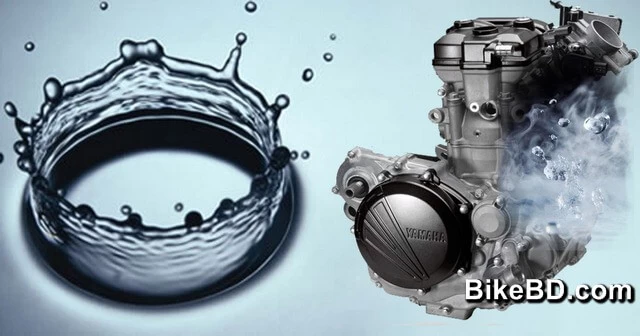
Can I pour water on my bike engine to cool it down? (Details)
Pouring water on a motorcycle engine can have both positive and negative effects on its performance. It can be used to cool down the engine in emergency situations, as well as to clean off debris or dust that has built up over time. However, it is important to understand the risks associated with using this technique before attempting it.

When pouring water on a motorcycle engine, make sure to use cold or lukewarm water. Using hot or boiling water on a bike's engine could cause irreparable damage if the temperature difference between the two is too great. Additionally, only pour enough water over the engine so that it covers just the outside surfaces—avoid getting any of the internal components wet.

If you plan to ride your motorcycle shortly after pouring water on it, make sure you let the engine dry completely first. Otherwise, steam and hot particles from inside your engine can escape through the exhaust pipe and cause further damage. The best way to avoid this is by allowing plenty of time for everything to dry properly before starting up your motorbike—at least 30 minutes should do the trick.
Make sure you never pour oil or other lubricants into your motorcycle's cooled-down engine unless specified by your manufacturer's instructions—this can lead to serious issues with internal components clogging up and causing mechanical failure. If you find yourself dealing with a particularly hot engine, there are several alternatives you can use instead of pouring water directly onto it; like removing any external parts blocking airflow around the motorbike’s head, cooling fans mounted near radiators, or even running faster in order to create more wind-flow over the head of your bike's cylinders.
Benefits of Pouring Water on Bike Engine
Pouring water on a bike engine can be a fast and effective way to cool it down. When the engine is running, it produces large amounts of heat, which is necessary for the internal combustion process to work correctly. If the engine fails to dissipate this heat in time, it can overheat and cause damage. By pouring cold water on the engine, the heat can be quickly and easily dissipated, allowing it to cool down quickly.
The benefits of pouring water on a bike engine are numerous. It is a fast and easy way to lower the temperature of an overheating engine without having to take apart or remove any parts of the bike. Additionally, since water is already available in most households, there’s no need to purchase any additional materials or equipment. The water can also be used multiple times as long as it is not contaminated with dirt or other substances that could damage your engine.
It should be noted that while pouring water on an overheating bike engine may be beneficial in some cases, there are risks associated with this practice as well. If done incorrectly or without proper precautions taken beforehand, the water may not effectively dissipate enough heat and could result in further damage to your bike's engine. Additionally, if too much water is poured onto the engine, it could lead to excess moisture buildup within its components which could lead to corrosion over time.
Before pouring water on your bike's engine, there are several factors you will need to consider first. You'll want to make sure that your bike is completely powered off before pouring any water onto its components in order to prevent accidental shocks from occurring due to contact with wet surfaces. Additionally, you'll want to make sure that you only use cold or lukewarm water since hot temperatures could potentially damage certain sensitive components of your bike's engine. It's also important that you use distilled or filtered water instead of tap or untreated water as contaminants within these waters may cause further damage if introduced into your motorcycle's internal components through condensation buildup over time.
If pouring cold or lukewarm water onto your bike's overheating engine doesn't seem like something you're comfortable doing then there are still alternative methods you can use for cooling down its temperature instead. One option would be using air-based cooling systems such as fans and blowers which can help dissipate heat away from sensitive areas within your motorcycle's components while providing a gentle cooling effect overall without risking any potential harm caused by adding additional liquids into its system.
Risks Associated with Pouring Water on Bike Engine
Pouring water on your bike engine can be a risky and dangerous endeavor. Depending on what type of engine you have, the water may damage it or cause it to malfunction. If the water hits hot metal components, it could cause them to expand or warp and result in further damage. In addition, if the water is not completely dry before you start your engine again, it could create a short circuit that could be dangerous and expensive to repair.
If you do decide to pour water on your bike engine to cool it down, make sure that you turn off all power sources first. Ensure that any exposed metal parts are completely dry before attempting to start the engine again. Also, check for any signs of corrosion or rusting which may have been caused by the exposure to water and have a professional inspect your engine for any other potential problems.
Factors to Consider Before Pouring Water
Pouring water on your bike engine may seem like an easy way to cool it down, but there are several factors to consider before doing so. The most important factor is the type of engine in your bike; some engines are more sensitive than others and can be easily damaged by coming into contact with water. If you have a four-stroke engine, then you should avoid pouring water directly onto it as this could cause serious damage.
Another factor to consider is the temperature of the water you are using. Pouring cold water on a hot engine can cause rapid expansion and contraction which could result in cracks within the engine block or other components. Therefore, it is important to fill a bucket or spray bottle with warm or lukewarm water before applying it to the engine.
Additionally, it is essential that you use clean water when cooling your bike's engine. Using dirty or contaminated water can lead to corrosion or other damage over time. Be sure to rinse out any dirt or debris from your bucket before adding fresh, clean water for cooling purposes.
Finally, make sure that you check the manufacturer's recommendations for cooling down the engine of your specific model of bike before attempting to pour any kind of liquid onto its components. This will ensure that you don't inadvertently cause any damage while trying to cool down your bike's engine.
Alternative Methods of Cooling the Bike Engine
Pouring water on your bike engine is not typically recommended and could potentially cause more damage than good. As a result, there are other alternative methods of cooling the engine that can be utilized instead.
One such method is to use an oil cooler. An oil cooler works by utilizing a fan to draw air across a radiator-like structure that helps dissipate heat from the engine oil as it passes through. This is especially beneficial if your bike has been running for a long time or in hot weather conditions since this helps keep the engine cool and lubricated. Additionally, some bikes come with factory-installed oil coolers, so you should check to see if yours has one before purchasing an aftermarket model.
Another alternative method for cooling your bike's engine is to install an air intake system. This type of system works by drawing air from outside the engine into the combustion chamber, which helps reduce the temperature of the air within it and can also help increase power output. While these systems are somewhat expensive, they are usually worth the investment as they can give your ride better performance while also helping keep your engine cool.
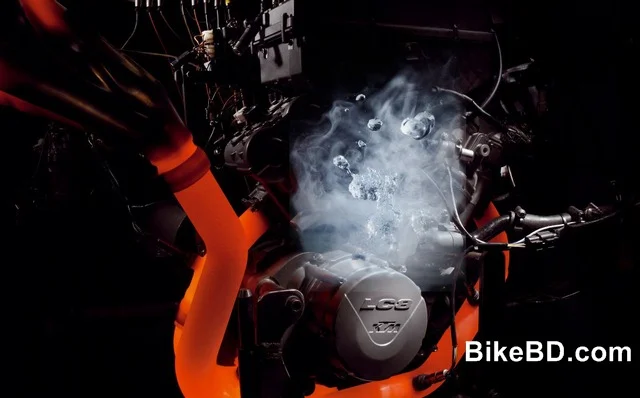
Finally, you may want to consider using synthetic oils in your bike's engine instead of conventional oils. Synthetic oils have a higher boiling point than conventional ones and thus are able to withstand higher temperatures before breaking down and losing their effectiveness. As such, they can provide better protection against extreme heat conditions like those found during summer riding sessions or in hot climates where traditional oils tend to break down faster.
By utilizing any of these alternative methods of cooling your bike's engine, you can help keep it running smoothly without having to resort to pouring water on it - which could potentially do more harm than good in many cases.
In conclusion, pouring water on a bike engine can have both benefits and risks. It can provide effective cooling for the engine when used correctly, but it must be done with care and consideration of possible hazards. Factors to consider before doing so include the type of bike engine and its temperature level, as well as the quality of the water being used. Alternative methods of cooling a bike engine should also be explored before attempting to cool it with water. Ultimately, it is important to weigh all these elements when deciding whether or not pouring water on your bike engine is an appropriate solution.





